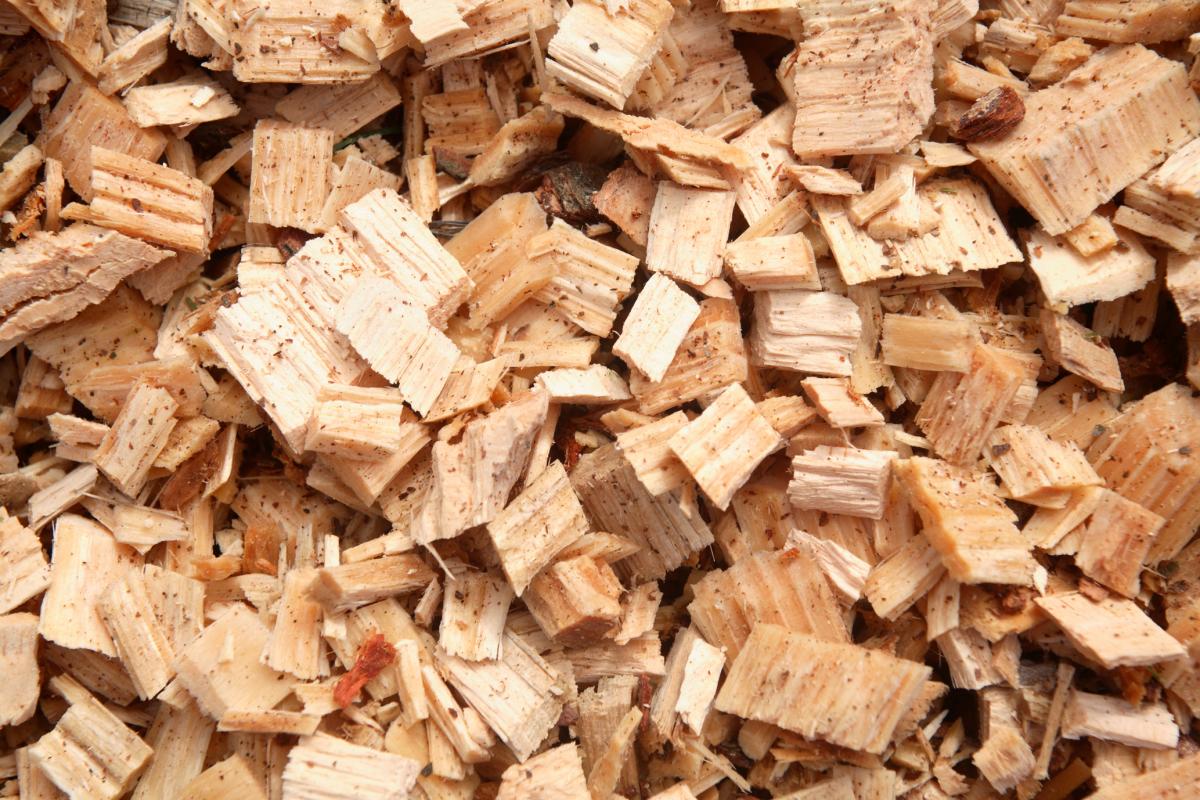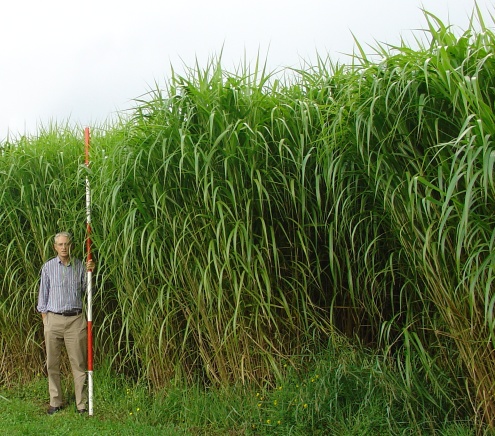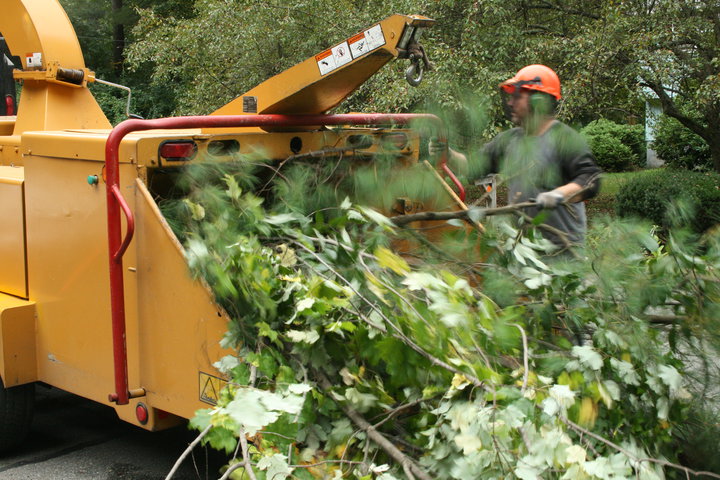What are solid biofuels?
What is wood energy?
Wood energy in the form of heat is created from the combustion of biomass fuel (solid biofuel). In New Zealand biomass fuel is generally referred to as wood fuel because wood is the primary source of the biomass.
- See key fuel types available in New Zealand and Australia
What is biomass (wood) fuel?
 Biomass fuel (solid biofuel) is sourced from wood or herbaceous biomass (biological material derived from living, or recently living organisms).
Biomass fuel (solid biofuel) is sourced from wood or herbaceous biomass (biological material derived from living, or recently living organisms).
Solid biofuel comes in a number of forms, including firewood; shavings; sawdust; wood chips; wood and herbaceous pellets; agricultural crops such as miscanthus, hemp and straw; and bark.
Wood fuel may be manufactured from forest harvest or wood processing residues. Wood residues may be processed into chip, hogg, pellets or briguette forms.
- Energy grows on trees, an Azwood Energy video
Solid biofuel from herbaceous material
 Agricultural crops such as miscanthus and straw from cereal or hemp crops can be used as a fuel for production of heat. The herbaceous material can be processed into pellets of chopped and used directly in specialised burners.
Agricultural crops such as miscanthus and straw from cereal or hemp crops can be used as a fuel for production of heat. The herbaceous material can be processed into pellets of chopped and used directly in specialised burners.
Herbaceous material has a different composition from wood and its combustion must be handled differently from that of wood.
Solid biofuel from waste
 Community based organic solid waste from urban landscaping, manufacturing and community forests can be used directly as a biomass fuel. However, it often has a large amount of green matter which means that it has a high moisture content and thus is a poor grade of fuel. It can be blended with better grades of solid biofuel to get an appropriate overall moisture content suitable for combustion, or diverted to composting.
Community based organic solid waste from urban landscaping, manufacturing and community forests can be used directly as a biomass fuel. However, it often has a large amount of green matter which means that it has a high moisture content and thus is a poor grade of fuel. It can be blended with better grades of solid biofuel to get an appropriate overall moisture content suitable for combustion, or diverted to composting.
 Organic municipal solid waste can be pelletised and used as a combustion fuel. The pellets are often around 20-30mm diameter. The moisture content of the pellets can be adjusted by the amount of dry paper etc that is included in the feedstock.
Organic municipal solid waste can be pelletised and used as a combustion fuel. The pellets are often around 20-30mm diameter. The moisture content of the pellets can be adjusted by the amount of dry paper etc that is included in the feedstock.
Used wood can be combusted as a biofuel for production of heat but generally has to be blended with clean biomass so that resource consent emissions conditions are not exceeded. The percentage of blending will depend on the "type of contaminants", boiler design, emissions control and clean up, temperature of combustion. For example a cement kiln can combust a high percentage of contaminated biomass because it operates at very high temperature. On the other hand small low temperature boilers generally dont have emissions cleanup and so are limited to combusting only clean biomass. Some "contaminated biomass" such as CCA treated timber willl only ever be combusted in small blend percentage unless combusted in specificly designed boiler systems.
Information on combusting different solid biofuels is provided here.
Solid biofuel quality standards
The quality of solid biofuels is critical to their use. All heat plant is designed for specific types and ranges of fuel characteristics. Not all biomass fuel is the same. Raw biomass from source is often in a form not suitable as a fuel and will require some form of treatment into approriate forms for specific combustion plant. Biomass sourced from forest harvest residues or agricultural residues will generally require treatment so that it is homogenous and of the appropriate size and moisture content before it is suitable to be used as a fuel. The treatment may involve drying, commutation or screening. Wood residues from a wood processing site are generally more homogenous and require less pretreatment.
Suppliers of biomass fuel must produce and supply the fuel to the specifications set out in their fuel supply contract.
- The fuel specification should be based on the biomas characteristics set out in Technical Guide 1 ‘Solid biofuel classification guidelines’.
- The methods of verifying that the fuel delivered is that specified in the fuel supply contract is set out in Technical Guide 5 ‘Standard methods for verifying the quality of solid biofuel’.
- Guidance on the overall sale and purchase of biomass fuel is set out in Technical Guide 6 ’Contracting to deliver quality biomass fuel to customers’.
Solid biofuel standards set out in technical Guides 1,5 and 6 are based on international solid biofuel standards. The international standards are very complex and cover all eventualities many of which are not relevant to every day biomass fuel trading. The Technical Guides are a summary of the main aspects of sale and purchase of biomass fuels from the international standards relevant to New Zealand and Australia.
Consent limitations
The type of fuel allowed to be combusted in a biomass boiler will be constrained by the the Rules in a Regional Air Plan. All Regional Air Plans are different and some allow combustion of only clean wood - no other biomass fuel can be combusted. Other regions are effects based and have a discretionary ppathway if the applicant can show that emissions to air will be within the National Air Quality Standards.
Bioenergy Association is managing a project to investigate and give guidance on how different solid biofuels can be consented for combustion in boiler systems.
